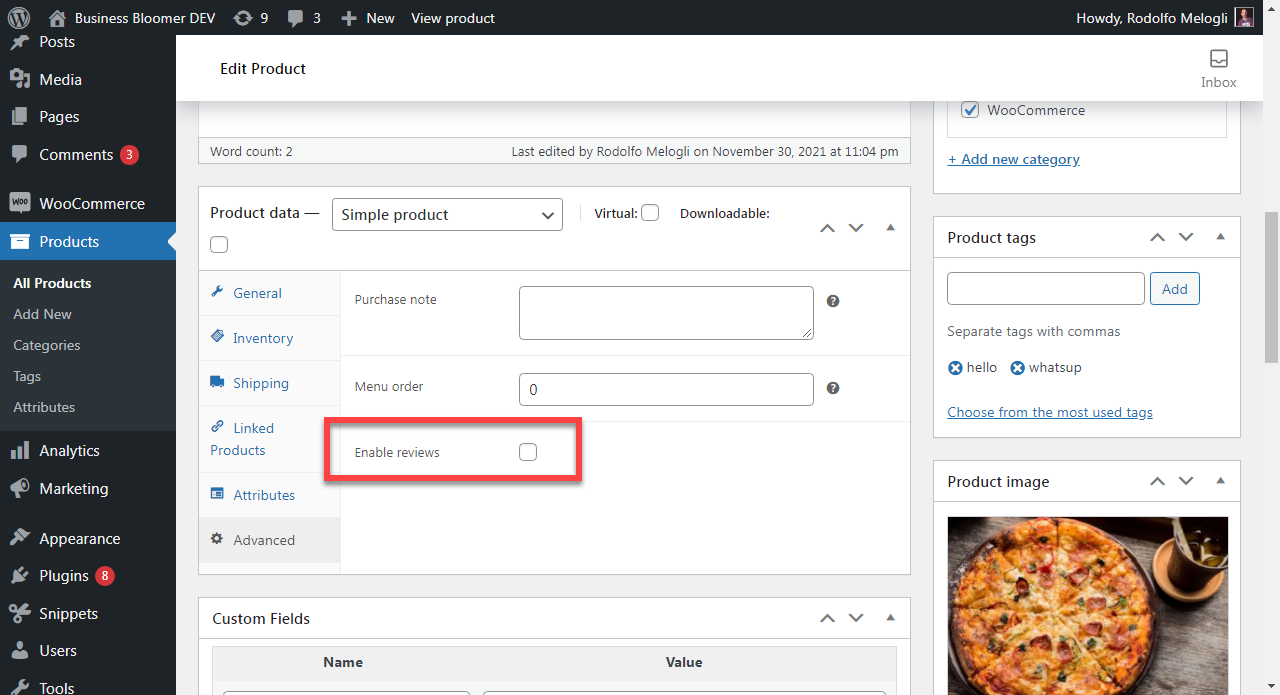
Speed is an essential factor that directly impacts the conversion rates, business revenue, sales, and customer experience.
Akamai’s research suggests that even a 100-millisecond delay in the page speed impacts conversion rates by 7%, while a 2-second delay increases bounce rates by 103%. Thus, even a few milliseconds of delay can cost your store thousands of dollars – let alone dissatisfied customers, poor SEO ranking, and bad online reputation.
Hence, page loading speed is the essence of an excellent customer experience and building a successful online presence.
Where possible, you want to eliminate unnecessary page loads, especially when it comes to the checkout process. Otherwise, you risk cart abandonment. That is the main reason you should use a checkout window, accessible straight from product and cart pages.
While the speed of your WooCommerce store depends on multiple facets – such as your web host, image, media files, and the code of your store, the theme you choose also plays a significant role in ensuring faster store speed.
Calculating your store’s page speed and making sure you choose the right WooCommerce theme that checks all the boxes can get frustrating and overwhelming considering the plethora of options you can choose from – especially 1300 WooCommerce themes on ThemeForest.
So, in this article, we share the top WooCommerce themes you can use, along with a few factors to look for when picking a suitable theme for your store. But first, let’s understand what makes a WooCommerce theme slow or fast and how to calculate the speed.
Continue reading WooCommerce: What Are The Fastest Themes?




















